This article appeared in the December 2016 edition of the Indianapolis Society Medical Bulletin, supplied by Finance System, Inc.
As the end of the year draws near and health care organizations are beginning to examine and evaluate the past year’s financial reports, there’s very little doubt that uncollected payments from patients and aging accounts will represent some of the highest costs to healthcare providers.
From high deductibles, increased premiums and cost sharing, patients are consistently shouldering a greater burden when trying to pay on what they owe. Recent reports have shown that health care costs rose more in the month of August than any other month since 1984. And with a new report released by Kaiser/HRET Employer Health Benefits that forecasts the average American family’s health care plan will increase 3.4 percent from 2015, health care costs are rising faster than many Americans’ wages.
So how can hospitals and medical facilities contain costs while accelerating performance and bettering the patient experience? It starts with doubling down on understanding the challenges that are present within revenue cycle management and how focusing on the patient experience can help practitioners avoid financial trouble.
Billing and Collections
The task of revenue cycle management has become increasingly difficult to maintain, and major hospitals and private practices alike have been guilty of leaving uncollected revenue on the table due to errors in billing and collections. Bills containing incomplete or incorrect information can cost facilities, thousands, if not millions of dollars each year. Something as simple as clerical mistake, such as misspelling a patient’s name, to a more complex error, such as miscoding a procedure, can trigger an onset of issues when the bill is sent to insurance or onto the next phase of the revenue cycle.
What’s more is that when patients receive incorrect bills that they simply cannot afford, this can send patients in a frenzy—and when they lack an understanding of what the bill was for, there’s a good chance it will go unpaid. And with the majority of health care organizations facing difficulty collecting payment from patients once they’ve left the facility, mastering the art of conversing with patients before or at the time of service can pay off significantly. Helping patients understand the scope of their procedures, as well as the pay that comes with them, can help providers reduce the amount bad debt they may face down the road.
Untrained or Undertrained Staff
For health care organizations of all shapes and sizes, untrained or undertrained staff can pose a significant challenge when it comes to the revenue cycle process. If a staff member struggles to obtain the correct patient demographic information, this can result in an inability to create and successfully collect an insurance claim. In addition to aforementioned billing and coding issues, an unexperienced staff member can lead to an inefficient project management process, contribute to errors in clinical documentation and other issues involving operations that can cause a loss in revenue. More specifically, when it comes to collecting delinquent accounts, providers need to act on accounts while they’re still fresh in order to have the best chance of reconciling debt. Once a delinquent account hits 60-90 days, the likelihood of collecting on past-due accounts significantly decreases. With a well-trained staff who can manage placement and communicate effectively, facilities can increase their chances to get back the money they’re owed.
Technology
While technology can be one of the greatest assets of a facility’s revenue cycle, it also can be to blame for surmounting piles of bad debt. Though the revenue life cycle begins when a patient walks through a facility’s doors, many places don’t have the ability to invest in new technologies to accurately track the revenue process from beginning to end. With an increasing emphasis on ease-of-use systems for patients, including online payment portals and access to information, organizations are becoming more interested in building upon their technological capabilities, but struggle to meet their needs due to the amount of income lost each year from delinquent accounts.
Specifically, when it comes to small, private practices, many physicians or financial officers input patient information by-hand to send to insurance. This lack of automated systems can cause a substantial amount of income to be lost. While outsourcing collections to a debt collection agency can provide to be helpful, it’s important that organizations select an agency that works with their staff and their current technological practices in order to truly maximize collections.
While many challenges exist in many areas of revenue cycle management, it truly comes down to the fundamentals in order to maintain a smooth and successful process. Going back to the basics of understanding the entire process and focusing on the patient-provider relationship can prove to be incredibly beneficial, especially in today’s ever-changing landscape of health care.






